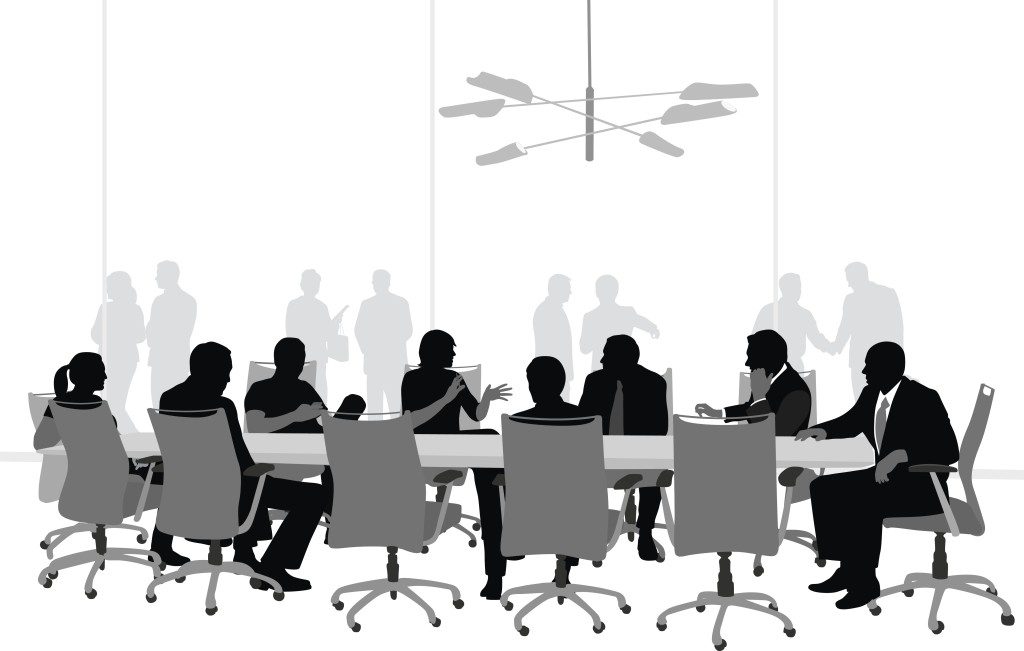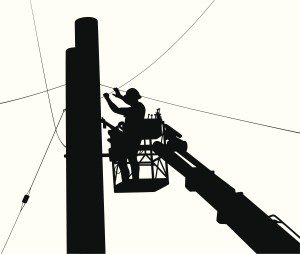News and Insights
Safe workplaces: 6 qualities of companies that get safety right
October 1, 2024
Creating a safety culture—and how to go about it—is a hot topic among health and safety professionals.
It’s good we’re all talking about it. Because workplace safety statistics in the United States are trending in the wrong direction.
In 2022, the most recent year for which stats are available, the Census of Fatal Occupational Injuries counted 5,486 deaths in U.S. workplaces—a 5.7% increase from 2021 and the highest number documented since 2008.
Many, many stories are packed inside of this eye-popping figure. Unintentional overdoses are way up. Transportation incidents
continue to be the most frequent fatal event. The fatal injury rate for Black and Latino workers is higher than the all-worker rate.
For health and safety professionals, creating a safe workplace has gotten more complicated, not less. That’s partly because of what’s happening to employees outside of work: mental health challenges, persistent stress and pressure, anxiety, addiction. These acute struggles pass freely over the imaginary line that divides work and life.
Employee engagement—how workers feel about their jobs and workplace and their level of commitment—is also at a nadir for frontline workers. One study found that 50% of these workers feel “expendable.” And turnover rates among deskless workers remain high across sectors, a safety risk issue in itself. A Travelers Insurance report analyzing its claims data found that 35% of workplace injuries occur during an employee’s first year on the job.
It’s no wonder employees feel unsteady. “Just about every conceivable factor that influences the health, safety and wellbeing of people at work is in flux,” noted ERM’s 2024 Global Health and Safety Survey.
And yet, even in the face of all this complexity, many employers are getting safety right. We don’t hear much about these companies. (Sending employees home safely every day doesn’t grab headlines.) But these companies are exactly the ones we should be heralding, learning from and talking more about.
In these workplaces, safety isn’t a top-down compliance mandate defined by incident-free days alone. These workplaces have expanded their ideas of workplace safety to consider things like psychosocial risks. Strong safety operations are accompanied by a strong people culture grounded in openness and trust.
And today, safety leaders—already time strapped—can’t create a safety culture on their own. They need internal allies and organizational support to bring a culture of safety to life.
As workplace culture experts, FINN Employee Engagement has partnered with health and safety leaders, as well as leaders in HR and communications, to put a culture of safety at the core of their businesses. Our campaigns work on the human piece of the safety culture equation, turning safety into the mission that employees care deeply about.
Over the years, we’ve seen that workplaces that build strong safety cultures tend to share certain qualities. This list isn’t exhaustive. But the presence of these qualities improves the likelihood that employees will return home physically whole.
And on many days, they’ll return home with better well-being than when their shift began.
1. Safe workplaces make safety a strategic priority for the whole business.
When safety is an organizational priority, it sends a life-affirming message to employees: Their health and their well-being are core to your success. It also identifies safety as a priority for investment, not only within the health and safety function but across the organization. These companies absolutely invest in life-saving technologies—and they also invest in internal safety campaigns to promote safe communications. They focus investments on training new employees—and they invest in keeping experienced employees. They know implicitly that healthy employees are foundational to a healthy business.

2. Safe workplaces foster open and frequent safety communications.
In safe workplaces, talking about safety is the norm. Trust and openness replace the “gotcha” mindset that discourages employees from speaking up or asking questions. Safety is also a persistent topic of conversation everywhere in the organization. Employees of one of our global clients start every meeting with a safety share, which can cover any topic pertaining to health, safety and well-being at home or in the workplace. The practice itself communicates that talking about safety is worth everyone’s time.
3. Safe workplaces cultivate a community of safety.
A healthy culture arises from a healthy community, and communities are built on strong relationships. Safe workplaces bind employees together through a shared sense of purpose. Safety isn’t only about what “I” do; it’s about what we do for each other. When employees carry this higher purpose with them to the facility or job site, a compliant mindset is replaced by a community caring mindset—achieved via safe operations and behaviors. In these workplaces, team leaders also balance operational excellence with strong people skills.
4. Safe workplaces take steps to address psychosocial challenges.
If employees don’t feel psychologically safe or if their jobs feel tenuous, they won’t speak up. When safety leaders build partnerships with HR leaders who are keeping a pulse on employee engagement, health and well-being trends of workers, organizations have an advantage. That’s because safety efforts can tackle both operational issues and the underlying human challenges that hinder a safe workplace. Campaigns to normalize mental health conversations, multilingual communications, and health and wellness campaigns can help employees know they’re supported.

5. Safe workplaces learn from the days when everything went right.
Safe workplaces build a culture that’s positive, not punitive. They don’t take a “shame, blame, and retrain” approach. Talking about what went right on an incident-free day can be as valuable as talking about a near miss. Employee rewards and recognition reinforce positive behavior and outcomes.
6. Safe workplaces empower employees to “own” safety.
When employees feel valued, when they feel part of a safe community, and when they feel safe to speak up, you have the conditions for an empowered workforce. Ask these employees to suggest safety process improvements, and they’ll tell you—evidence that an enduring culture of safety is taking hold. A utility client’s employees came up with safety-improvement ideas not only for the business but also for the customers they serve in the community. The lesson? Elevate your frontline workers to hero status, and they will display heroism in return.
FINN Employee Engagement creates connected, purpose-driven, human-centered workplaces. The kind that are more satisfying for employees. And more productive for businesses.
We create safe workplaces by turning safety into something employees can’t ignore. And making safety the mission they care most about.
